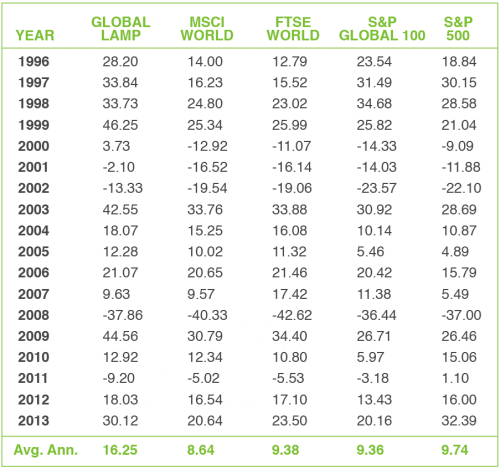In recent decades, the business world has undergone a quiet but significant change. Companies that operate while imitating natural systems have been able to increase their market share more than traditional companies, based on mechanistic systems.

By: Dafna Haim Langford
In recent decades, the business world has undergone a quiet but significant change. Companies that operate while imitating natural systems have been able to increase their market share more than traditional companies, based on mechanistic systems. Researchers claim that these two schools of management affect the company's effectiveness thanks to a different treatment of assets such as people and the environment.
Companies that operate while imitating natural systems are more aware of the fact that they are an integral part of the community, of their commitment to community service and of their dependence on environmental resources for their sustenance and survival. These companies value the natural resources (manpower and environment) more than the non-natural resources (such as capital, for example), recognizing that natural resources are the source of the company's existence.
This significant recognition creates an almost spontaneous demand within society to harmonize with nature, and specifically with larger natural systems on which we depend (biosphere, society, markets). This desire to join life fascinates humans. This fact explains why these companies manage to attract more loyal and committed employees as well as strategic partners, loyal customers and patient investors.
In contrast, companies that operate as cash machines generate more value from non-natural resources than from natural resources. This process influences them to accept manpower as trivial, to treat man and nature as a resource that passes to the merchant, as interchangeable or as a producer only. In such a work environment, people feel threatened, the rate of employee turnover is high, and morale in the company is low. As the "natural" approach creates a positive chain effect, so the "mechanical" approach creates a negative chain effect.
Initially, the two types of companies were indistinguishable, but the contrast between the two models has grown in recent decades. Accumulation of toxic waste, damage to ecosystems and medical problems have changed the way we live. Given the choice of where to work and who to buy from, most of us choose places that value nature over those that take it for granted.
In a study conducted by Joseph H. (Jay) Bragdon and summarized in his book Profit for life, he created the LAMP index (Living asset management performance), which examined 60 companies over the years. Each company in the index was chosen as a pioneer in the industry in which it operates, and as a company that is managed around natural resources - that is, a company that is based on people and nature as a supreme value and a source of the rest of its assets.
The consulting company Northfield information services and later the Bloomberg company, performed an in-depth analysis of the sixty companies from the LAMP index and analyzed the companies' performance compared to the performance of the leading financial indices. The results presented in the table below speak for themselves. It can be seen that in the 19 years examined, companies in the LAMP index achieved significantly better financial results compared to the leading indices.
How did they differentiate between a society in the model of imitation of natural systems and a society in the mechanical model? The diversity is evident in the organizational structure, in the definition of the goals, values, mindset and beliefs and especially in the organizational culture which contributes a lot to the effectiveness of the company.

It is difficult to explain the nature of operational leverage in companies that mimic natural systems to business leaders and analysts. To understand the power in imitating natural systems one must think in holistic terms since the essential properties of natural systems are the properties of the whole. The transfer of information and services within the organization is synergistically beneficial to all factors in the organization so that the whole is greater than the sum of its parts. This is how systems work in nature. In a circular way, with multiple feedbacks and for people who think in a linear way it is difficult to see the advantages of such a management method.
The following five points are some of the parameters that distinguish between a company that imitates living systems and a company that operates in the mechanical model:
1. High connectivity to receive feedback and information inside and outside the company. Many of the relationships are informal, organized between the employees themselves and between the employees and suppliers and customers.
2. Management while understanding that the people and the relationships between them are central to building value-creating networks. Strengthening and empowering employees, among other things, by giving them responsibility for making decisions.
3. Activity to optimize the use of physical resources by closing the circle so that the waste of one process will be raw material for another process. This creates more value for customers with reduced energy and material use.
4. Exceptional openness to sharing information with employees and with parties from whom it is important to receive feedback knowing that openness in information builds trust, ability to learn and ability to adapt.
5. Feeding the ecosystem in which they are partners (environment, society, markets) from understanding the inherent connections between all life.
With results it is hard to argue, as natural systems are imitated, economic successes will also come more easily.
